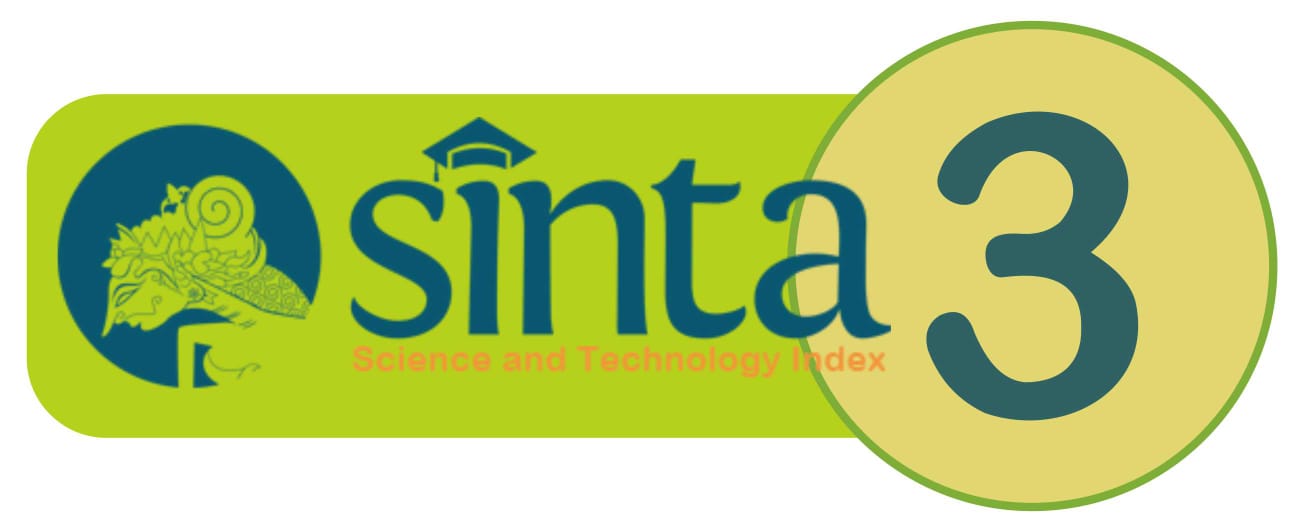Content analysis of Islamic religious education student textbooks and morals for class VIII Islamic junior high school published by the ministry of education and culture revised edition 2017
Abstract
Keywords
Full Text:
PDFReferences
Brown, V. A. (2021). An Introduction to Linear Mixed-Effects Modeling in R. Advances in Methods and Practices in Psychological Science, 4(1). https://doi.org/10.1177/2515245920960351
Building an American identity: pattern book homes and communities, 1870-1900. (1999). Choice Reviews Online, 37(03). https://doi.org/10.5860/choice.37-1350
D., B. (2017). Assessing psychopathology in the adolescent brain and cognitive development study: Goals, methods and emerging findings. Neuropsychopharmacology, 43.
Frillman, S. A., Wilde, K. L., Kochert, J. F., Homan, S. R., & Tomovic, C. L. (2007). Entry-level engineering professionals and Product Lifecycle Management: A competency model. Technical Paper - Society of Manufacturing Engineers, TP07PUB186.
Gibbs, B. P. (2011). Advanced Kalman Filtering, Least-Squares and Modeling: A Practical Handbook. In Advanced Kalman Filtering, Least-Squares and Modeling: A Practical Handbook. https://doi.org/10.1002/9780470890042
Herayanti, L., Fuaddunnazmi, M., & Habibi, H. (2017). Pengembangan Perangkat Pembelajaran Fisika Berbasis Moodle. Jurnal Pendidikan Fisika Dan Teknologi, 3(2). https://doi.org/10.29303/jpft.v3i2.412
Kirigia, J. M., Ota, M. O., & Shongwe, B. (2017). Swaziland National Health Research Agenda: The Formulation Process. International Archives of Medicine, 10. https://doi.org/10.3823/2518
Malacara, D. (2003). Color vision and colorimetry: Theory and applications. Color Research & Application, 28(1). https://doi.org/10.1002/col.10118
Mangelsdorf, J., Eid, M., & Luhmann, M. (2019). Does growth require suffering? A systematic review and meta-analysis on genuine posttraumatic and postecstatic growth. Psychological Bulletin, 145(3). https://doi.org/10.1037/bul0000173
Monek, B., Vitár, D., Chrobot, R., Orbán, I., Kiss, E., & Poór, G. (2018). AB1427-HPR The role of parents’ awareness in physical activity in children with juvenile idiopathic arthritis. https://doi.org/10.1136/annrheumdis-2018-eular.5362
Nanna, A. W. I., & Pratiwi, E. (2020). Students’ Cognitive Barrier in Problem Solving: Picture-based Problem-solving. Al-Jabar : Jurnal Pendidikan Matematika, 11(1). https://doi.org/10.24042/ajpm.v11i1.5652
Sacchi, R., Mangiacotti, M., Scali, S., Coladonato, A. J., Pitoni, S., Falaschi, M., & Zuffi, M. A. L. (2020). Statistical methodology for the evaluation of leukocyte data in wild reptile populations: A case study with the common wall lizard (Podarcis muralis). PLoS ONE, 15(8 August). https://doi.org/10.1371/journal.pone.0237992
Showalter, D. E. (1995). THE UNIVERSAL CLASSROOM. Multicultural Review, 4(3).
Vega, M. C., Lopez, I., Pearson, R., Evans, J., Bornstein, M., & Araya, R. (2015). Maternal depression, parental practices and executive function in childhood: A cross-sectional study in chile. Archives of Women’s Mental Health, 18(2).
Yuhasnil, Y. (2020). Manajemen Kurikulum dalam Upaya Peningkatan Mutu Pendidikan. Journal Of Administration and Educational Management (ALIGNMENT), 3(2). https://doi.org/10.31539/alignment.v3i2.1580
Zakiyah, M., & Fitrawati, F. (2020). An Analysis of Lecturers’ Perception toward the Interactive E-book used in Advanced Grammar at English Department of Universitas Negeri Padang. Journal of English Language Teaching, 9(1). https://doi.org/10.24036/jelt.v9i1.107895
DOI: https://doi.org/10.18326/attarbiyah.v7i2.139-151
Refbacks
- There are currently no refbacks.

ATTARBIYAH: Journal of Islamic Culture and Education by http://attarbiyah.iainsalatiga.ac.id/ is licensed under a Creative Commons Attribution-ShareAlike 4.0 International License
----------------------------------------------------------
ATTARBIYAH : Journal of Islamic Culture and Education IAIN SALATIGA p-ISSN: 0215-9996, e-ISSN: 2548-6020



